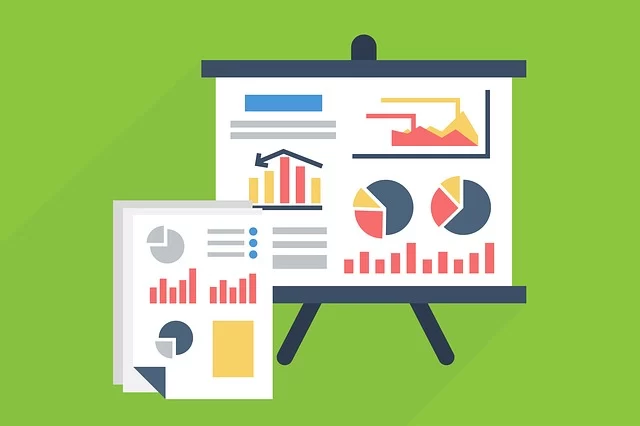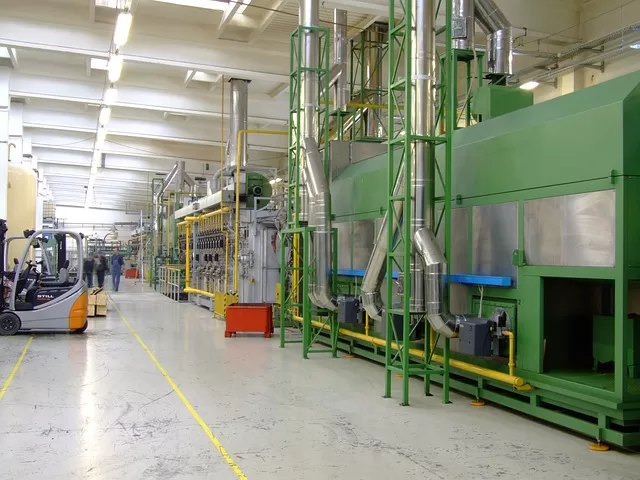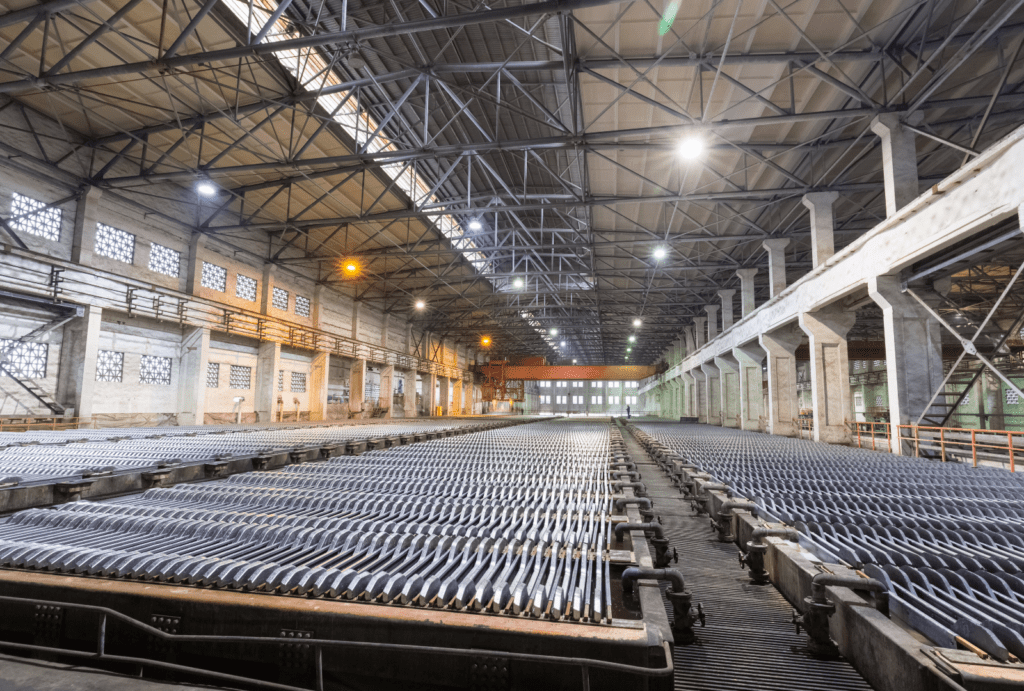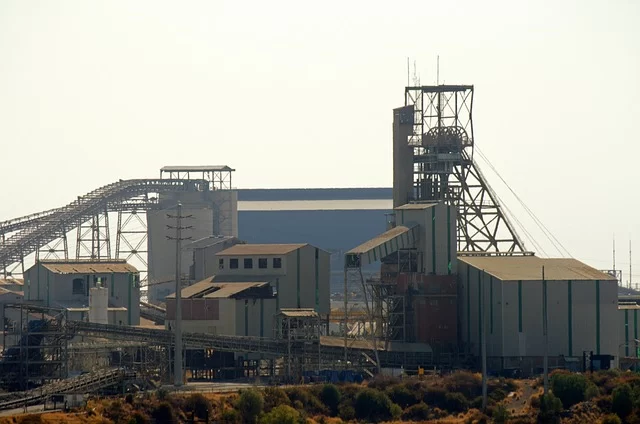Will AI improve Asset Management Software?
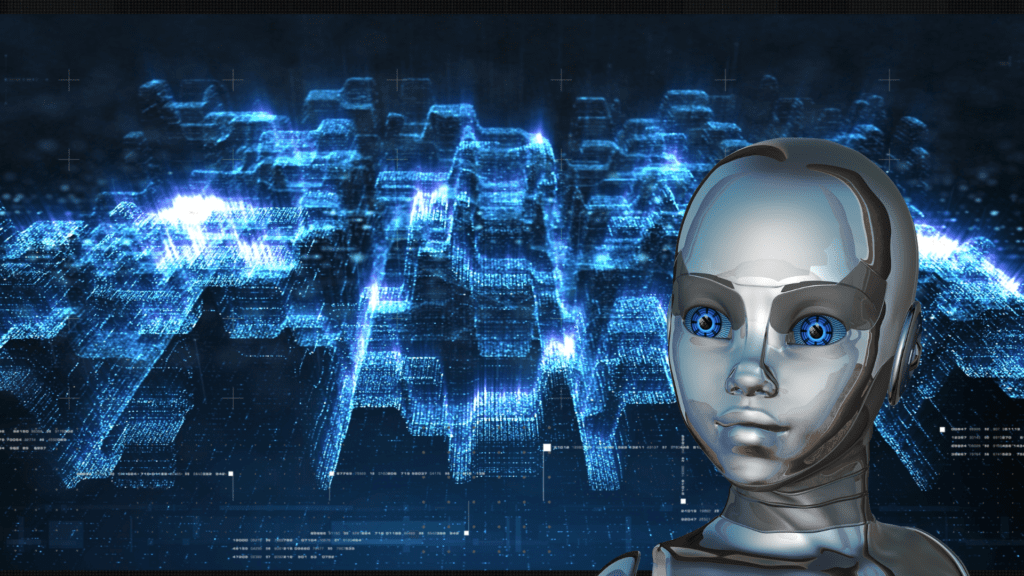
Profitability depends on a number of variables, including the size and grade of the ore body, the cost of mining and processing, the price of the commodity at the time, and the costs related to adhering to standards and regulations, regardless of whether your business is a small family-owned gold mine or one of the largest copper mines in the world.
Compliance costs, I imagine, can be a significant barrier to profitability for small mines on a shoestring budget. That is not to say that mining activities should not be heavily regulated; mining has many hazards, some obvious and some that sneak up on you and people need to be able to do this work safely. As a result, we must not only meet but also exceed statutory and regulatory requirements, as well as national and, in some cases, international standards.
The business of maintaining mining and processing plant equipment has far more risks than I believe can ever be completely eliminated, but we can certainly identify and manage all of them.
With all of this in mind, there must be a lot of room for AI to help make us better, safer, and more profitable.
What role could AI perform in Mining and Maintenance?
If we could combine all of our risk management data for all types of mining and processing industries, as well as all risk-based maintenance strategies and corrective maintenance standard tasks, we would surely have identified every conceivable risk for any mining operation.
We already have very detailed explanations of all of our statutory and regulatory requirements; we have standards and minimum specifications for almost everything imaginable, so I’m fairly confident we understand the driving force behind the rules.
Equipment manufacturers have a wealth of ‘how to do it’ data and all of their parts and maintenance manuals are available online.
So today I find myself asking the question, why we wouldn’t be able to get AI incorporated with Asset Management Software Products to create maintenance strategies, procedures and standard tasks for us? I’m thinking that at least 75/80% any maintenance systems data/documentation should be the same, regardless of where you work. The remaining 20/25% would consist of a few specifics about the mine’s location, environment, and type, as well as some local specifics about the equipment and how the work might need to be completed given limitations.
But then I think, surely half of the specifics could be incorporated as options to consider, and the other half could be covered by workers performing a Job Safety Analysis and Take5 every time they go to do a task, which is what happens anyway.
If AI could do a lot of this stuff for us, it would certainly change the landscape for reliability engineering and master data creation. Of course, it would still need to be reviewed, but I envision a world where once the AI draughts are approved, this data becomes un-editable; I can’t think of any reason why anyone would want to edit it anyway. The only part that a site would alter with is the last 20/25%, which I believe could be reduced to 10-15% in a few years.
How far into our organisations could AI assist us?
In addition to producing maintenance plans and documents for managing specific standards and regulations, mining companies could use AI to create videos, learning modules with quizzes, and training documentation to guide people in following general safety practises when operating and maintaining mining equipment.
It’s difficult to think of any area of a mining organisation where AI could not help us; here are just a few of the areas where AI could help us with standardisation, value addition, efficiency, conformance, data accuracy, quality systems, and rationalisation:
Based on new information it discovers, AI could be continuously developing and adjusting best practises to ensure the longevity of equipment, reduce accidents, and maximise productivity.
Process the results of any pre-start equipment inspections or hazards reported by electronic devices in the field to ensure that all identified issues are converted into work requests/notifications using very detailed templates based on the data inputted.
AI could train and educate employees: It could provide comprehensive online training to ensure employees have the skills needed to perform maintenance tasks effectively. AI could automatically update these training packages as soon as it learns of any changes etc.
Update site engineers on new advanced technologies related to products used on the site. AI could probably put together a case for replacing existing equipment or technology. I believe this could be very useful in areas that are constantly evolving, such as predictive maintenance hardware and software. AI could be constantly analysing the gap between what we have and what’s available, and when what we have falls too far behind, it could give us a big push in the right direction.
AI could help to ensure clear communication channels between departments. For example, if AI detects that one department has implemented a change that will affect other departments but has yet to share this information, it could send alerts to the leaders of departments it believes should be aware of this information.
AI could assist us in maintaining accurate maintenance records: AI could analyse all completed maintenance records of any repairs, inspections, adjustments, and cleaning and, based on what it sees, it could suggest to us that some important information is missing based on the description of this record. For example, if we say we replaced the operator seat on a WA1200 loader but don’t include any evidence of a replacement seat being procured or issued from the warehouse, it will give us a nudge about this; perhaps our wording was incorrect, perhaps we just repaired the seat suspension, etc.
AI could constantly optimise our spare parts inventories, far outperforming any old clunky algorithm-based software products we used to purchase to help our CMMS work better in this area. AI could use cutting-edge technology to figure out why changes have occurred or are required. If we did something with an insurance spare or an item over a particular value and a recent work order exists, instead of ordering a replacement, it could send an email to the maintenance planner, give the person a series of prompts to choose from, and then act accordingly.
Conclusion:
One thing is certain: the AI space will become increasingly interesting, and I, for one, cannot wait to see how good it becomes.


